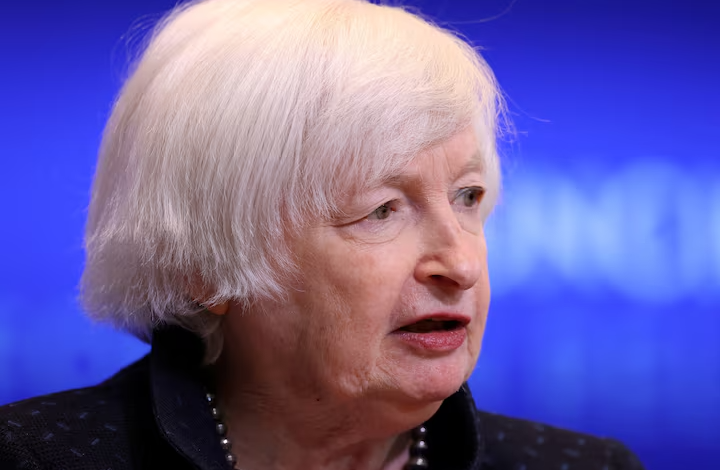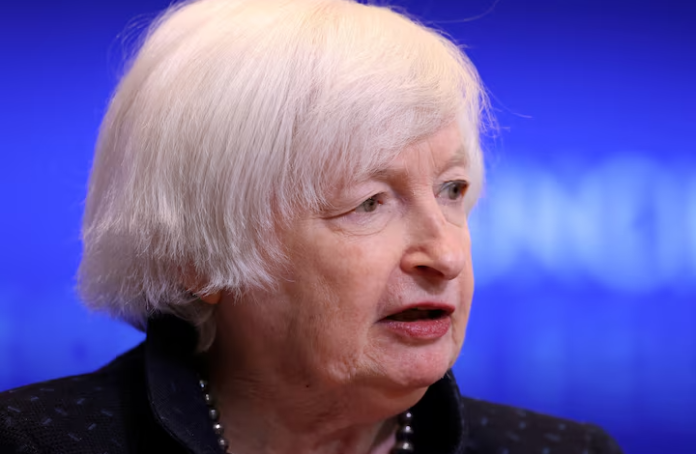The U.S. government is once again facing a financial crisis as it hits its $36.1 trillion borrowing limit. With no immediate solution in sight, Treasury Secretary Janet Yellen has announced the use of “extraordinary measures” to prevent a catastrophic default. These temporary actions will help the government meet its financial obligations while lawmakers debate the next move.
Treasury Implements Emergency Strategies
In a letter to congressional leaders, Yellen confirmed that the government would reach its debt ceiling on Tuesday. To maintain financial stability, the Treasury will temporarily suspend investments in two major government employee benefit funds: the Civil Service Retirement and Disability Fund and the Postal Service Retiree Health Benefits Fund.
These measures will free up some borrowing capacity, allowing the government to continue paying its bills. However, Yellen warned that this is only a short-term fix, and without congressional action to raise or suspend the debt limit, the U.S. could still face a financial crisis.
“The period of time that extraordinary measures may last is subject to considerable uncertainty,” Yellen explained. She urged lawmakers to act quickly to protect the country’s financial credibility.
A Political Standoff Looms
The debt ceiling has long been a contentious issue in Washington. Former President Donald Trump previously criticized Congress for failing to address the problem, calling it “one of the dumbest political decisions in years.” While some lawmakers support eliminating the debt ceiling entirely, others see it as a crucial tool for negotiating fiscal policies.
Trump’s nominee for Treasury Secretary, Scott Bessent, has described the debt ceiling as a “nuanced convention.” During his Senate confirmation hearing, he suggested that if Trump supports eliminating it, he would work with Congress to make it happen.
What Happens If the Debt Ceiling Isn’t Raised?

If Congress fails to raise or suspend the debt ceiling, the Treasury could run out of money to pay its obligations, leading to a default. A U.S. default would likely have severe economic consequences, including:
- Higher borrowing costs for the government
- A drop in investor confidence
- Potential disruptions in Social Security, Medicare, and military pay
- Increased volatility in global financial markets
The Treasury has a few financial maneuvers left that could delay a default for several months, depending on tax revenues. However, without a long-term solution, the U.S. economy could face significant instability.
A History of Debt Ceiling Battles
The debt ceiling debate is not new. The concept dates back to 1917 when Congress first imposed borrowing limits to finance World War I. Since then, lawmakers have approved 103 increases, reflecting the ongoing challenge of balancing government spending with revenue.
Publicly held debt now stands at 98% of the U.S. Gross Domestic Product (GDP), a dramatic increase from 32% in 2001. As the national debt continues to climb, so does the urgency for a lasting fiscal strategy.
With time running out, all eyes are on Congress to prevent another financial crisis. Will lawmakers find common ground, or will political divisions push the U.S. closer to economic turmoil?



